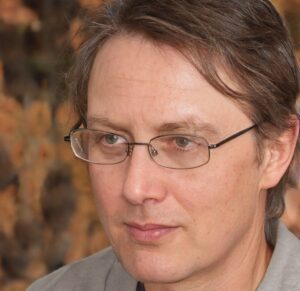what american author has written the most books
Measurement: Pure Volume vs. Fame
Prolific is not always famous: maximum published works don’t always equal household recognition. Book count is the metric—solo authored or credited, not bestsellers, impact, or critical acclaim.
Leader of the Pack: Lauran Paine
Lauran Paine stands as the answer to “what american author has written the most books.” His output: over 1,000 published books, primarily westerns, plus romance, mystery, and historical titles. Used 70+ pen names to meet publisher requirements and fill genre racks without oversaturating one byline. Produced work from the 1940s through the early 2000s—outpacing press and academic writing staff with raw, sustained volume.
Other Prolific Competitors
James Patterson: 200+ novels, many with coauthors; dominates modern bestseller lists but can’t beat Paine’s solo count. Isaac Asimov: 500+ books; a blend of science, scifi, and educational texts—unmatched range but not raw fiction volume. R. L. Stine: Over 300 children and teen horror books—Goosebumps, Fear Street, foundational for a generation. Nora Roberts: Over 230 romances and speculative thrillers, prolific and successful. Stephen King: More than 60 novels; strong for a modern literary titan, but not close to legacy counts.
Pulp, Paperbacks, and Process
The answer to what american author has written the most books comes from pulp and mass market—genres that reward volume: westerns, romance, mystery, serials. Habit was everything: 2,000 words a day, every day, book after book. Minimal editing—routine demanded pushing out stories for hungry readers, not refining them for future critical acclaim.
Modern Productivity
Selfpublishing and digital marketplaces have allowed some indie authors to reach impressive numbers—10, 15 books a year, especially in genre fiction. Brand teams and coauthorship models (a la Patterson) boost modern author output, but most legacy counts come from true solo drafting.
The Discipline Behind Volume
Productive authors run like small businesses—outlines, deadlines, publisher calls, and a strictly enforced writing block. Many worked day jobs or wrote serials for magazines; output was a necessity rather than luxury. Today, freelancers and indie writers emulate this structure, using word count goals and scheduled releases.
Literary vs. Commercial Output
Literary pace is slow: Morrison, Hemingway, and other “greats” hover in the 10–40 books range due to emphasis on rewrites and depth. Commercial writers win with template drafting and contractual output: their contract demands and market goals reward routine speed, not endless revision.
Why Volume Matters
Prolific writers drove the paperback boom, filled libraries, and built genre loyalty among readers always seeking the next fix. For scholars and collectors, high output isn’t just noise: it shapes reader taste, genre trends, and longstanding publishing habits.
Record Holders Table
| Author | Approximate Books | Genre(s) | |||| | Lauran Paine | 1,000+ | Western, romance | | Isaac Asimov | 500+ | Scifi, nonfiction | | James Patterson | 200+ (plus coauth)| Thriller, YA, romance | | Nora Roberts | 230+ | Romance, suspense | | R. L. Stine | 300+ | Children’s horror | | Stephen King | 60+ | Horror, suspense |
When asking “what american author has written the most books,” Paine’s discipline tops the list.
Lessons for Writers
Structural routine—word goals, deadlines, and minimal distraction—is the only way to hit legacy publication numbers. Accept that process (not muse) is king: prolific writers rarely wait for inspiration, instead hammering away daily. Modern distractions (social, publishing bottlenecks) can be sidestepped with discipline drawn from the techniques and schedule of pulp era authors.
Final Thoughts
The record for “what american author has written the most books” is not held by a household name or a Pulitzer winner, but by a workmanlike, genredriven craftsman: Lauran Paine. His legacy shows the power of habit and routine over inspiration, and the market’s enduring appetite for more stories. For anyone seeking prolific status, output structure and relentless practice—across years, not weeks—are the true foundations. Books fill shelves, minds, and routines, and the champions are those who show up every day, not just those who wait for rare flashes of greatness. Volume is built—one word at a time.


 Gabrielo Bradfordsicker specializes in adventure routes, budget travel planning, and destination hacks that make trips smarter and more memorable. His guides on Arcagallerdate help travelers save money, travel safer, and find unforgettable experiences off the beaten path.
Gabrielo Bradfordsicker specializes in adventure routes, budget travel planning, and destination hacks that make trips smarter and more memorable. His guides on Arcagallerdate help travelers save money, travel safer, and find unforgettable experiences off the beaten path.